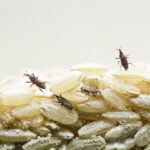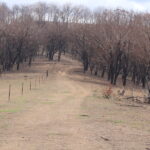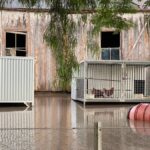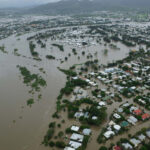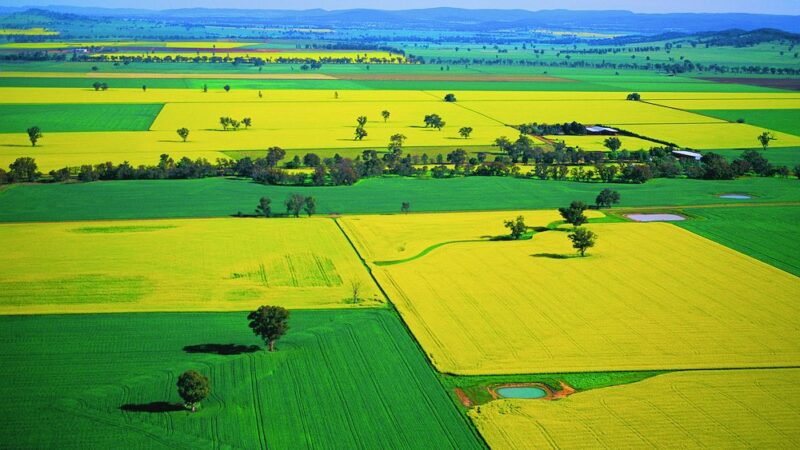Every year, weeds are estimated to cost almost $5 billion in chemical control and production…
Drought, fire, floods. Then weeds.
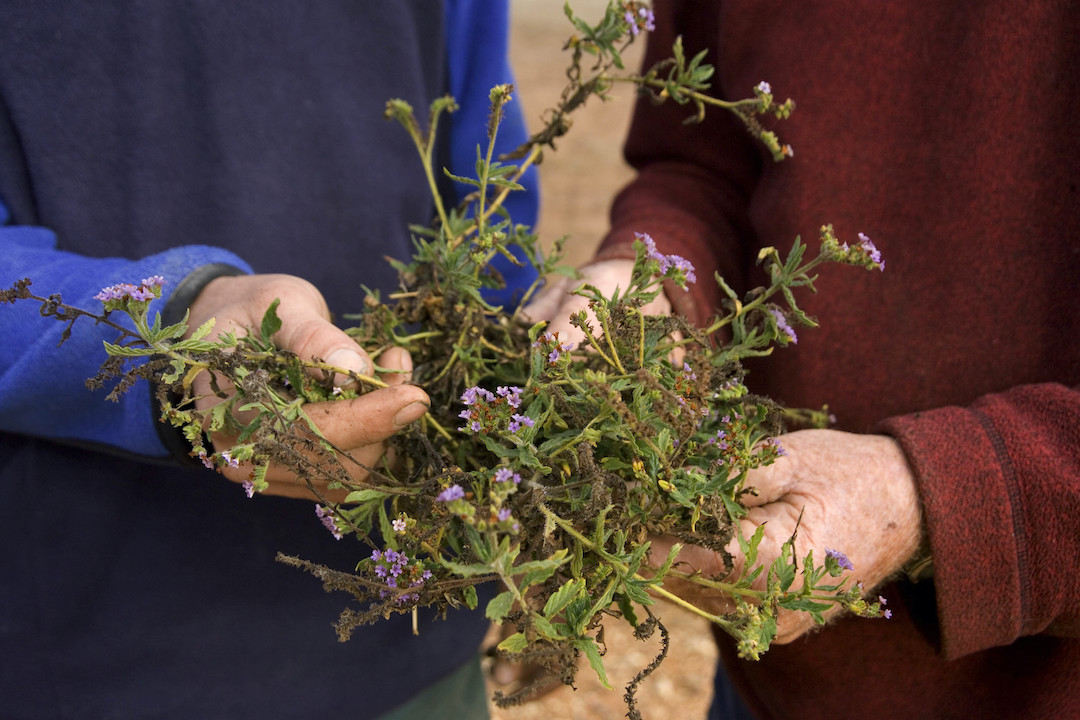
Anyone travelling in NSW over the past year would have been struck by the explosion of colour in the landscape. Depending on the region, farms have been carpeted with the vibrant purple of Paterson’s curse, the striking yellow of cineraria or the white dots of parthenium weed – one of the most common weeds in NSW.
“Drought can devastate existing vegetation, removing competition for light, nutrients, moisture and space, which allows quick establishment of weeds when conditions become favourable. ”
Philip Blackmore, Invasive Species Officer at NSW Department of Primary Industries (DPI)
“Weeds can germinate from the seed bank straight after rain occurs, and their invasive ability allows them to grow and spread more quickly than other plants. Weeds can also thrive after fires and floods; dormant weed seeds can be triggered into germination by smoke and water. Together with the lack of ground cover that fire and floods cause and combined with follow-up rainfall, there can be dramatic increases in weeds after fires and floods,” says Philip.
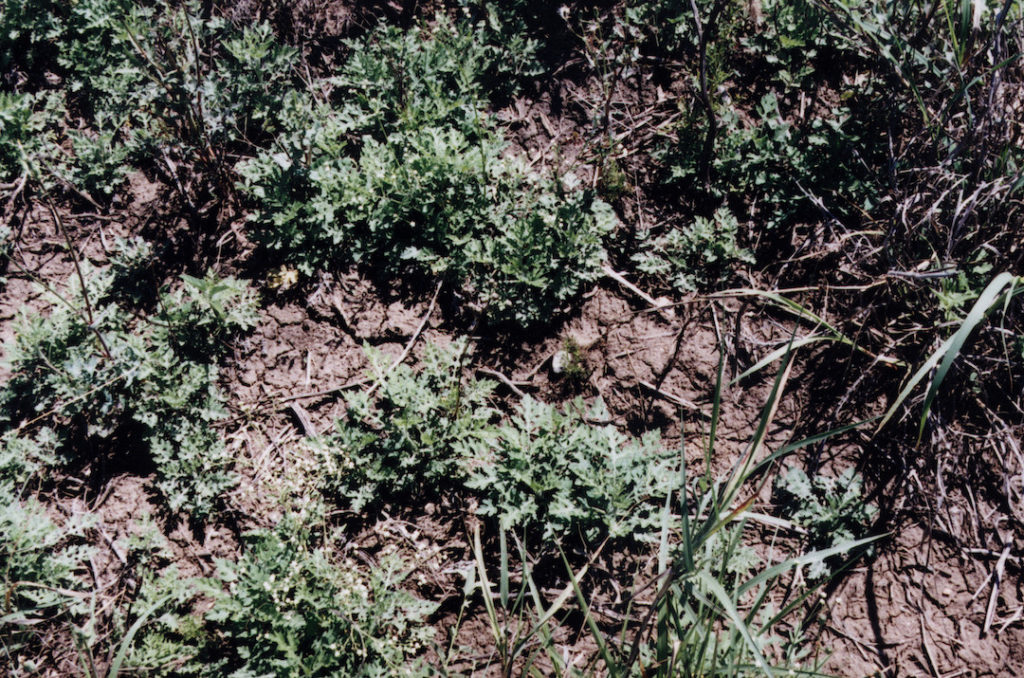
Problem weeds in NSW
There are more than 300 species classified as weeds in NSW. However, farmers are also now seeing the high risk of serious new weeds being introduced to properties; as well as the increased growth of existing established weeds. For example, parthenium weed and tropical soda apple are two highly invasive weeds that have seen a resurgence in the past year.
“Parthenium weed has been detected in several parts of NSW in connection to hay, grain, vehicles and machinery brought into NSW from Queensland. It invades pastures and crops, is unpalatable to stock, contaminates grain and fodder and causes severe human health issues, including respiratory problems and dermatitis,” says Philip.
“Tropical soda apple can be introduced through livestock movements and germinate after fire. New weeds can also be introduced as part of a restocking program or when stock return from agistment. Studies have shown that up to 12 per cent of weed seeds can pass through the digestive system of livestock and remain viable.”
Landholders also have to deal with an increased weed burden of long-established weeds such as serrated tussock, flat weeds, wild radish, wild oats and other widespread established weeds that have always been challenging, but have become harder to manage while recovering from droughts, fires and floods.
“Blue heliotrope is becoming a greater issue as it has capitalised on drought conditions and is competing with native and desirable introduced species both in farmland and in areas of environmental importance,” according to a Local Land Services (LLS) spokesperson.
“African lovegrass takes over pastures and can be a fire risk. It has not had the grazing pressure from livestock and wildlife that desirable species have had in the drought and it has been able to set seed, which is blown by wind and soon establishes in bare patches.
“Silverleaf nightshade has seen a strong resurgence in NSW due to the favourable climatic conditions between the summer of 2020 and 2021, particularly in Riverina and Central West NSW. Silverleaf nightshade severely affects arable lands, causing 70 per cent loss in grain yields and up to 100 per cent loss in pasture production.”
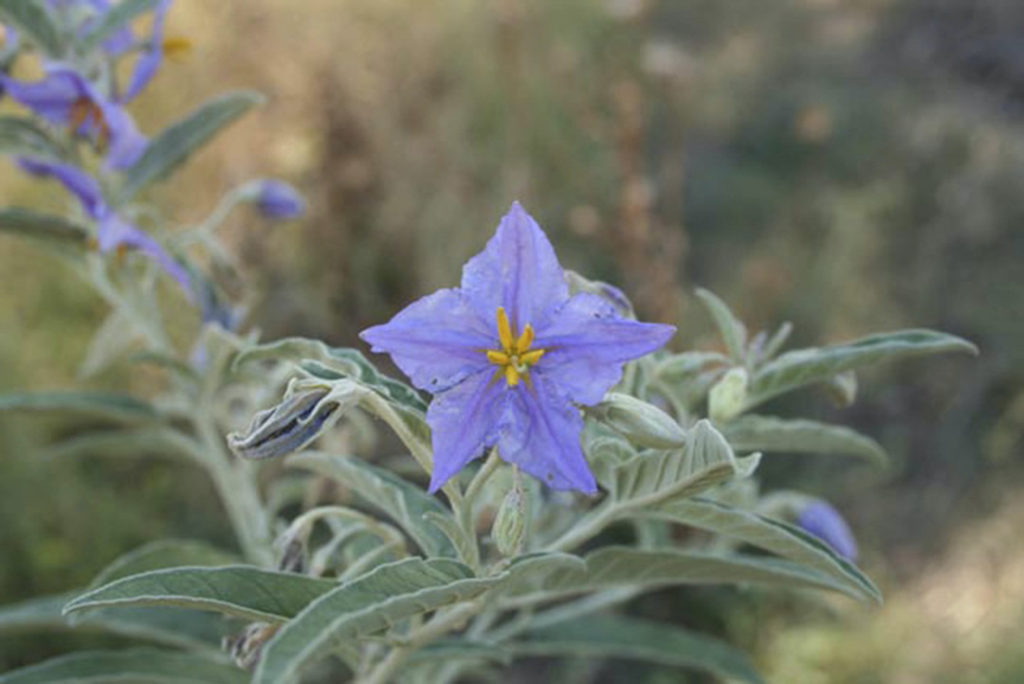
Every district affected
Due to the drought, fires and floods being so widespread, not a single local government area in NSW has remained unaffected. On the North Coast and Northern Tablelands, tropical soda apple is problematic in Kempsey Shire Council, Clarence Valley Council, Coffs Harbour, Armidale and Rous County Council, particularly in areas where existing infestations were fire affected.
Nambucca Valley Council, Bellingen Shire Council and Rous County Council have seen outbreaks of parthenium weed and, according to the DPI, co-ordinated responses to eradicate those infestations and trace their sources are underway. Similarly North West NSW and the Northern Tablelands have had numerous new incursions at Tamworth, Gunnedah, Warrah, Croppa Creek, near Boggabri and Narrabri, and along the Newell and Kamilaroi Highways. New sites also occurred in the Upper Hunter around Blandford and Muswellbrook; and in the South East regions near Kiama and Berry; and in the Central West region near Parkes.
Aquatic weeds such as water lettuce, water hyacinth and salvinia have caused damage to infrastructure such as fences and smothered pastures in floods. This has been a problem in all Local Government areas on the North Coast affected by floods.
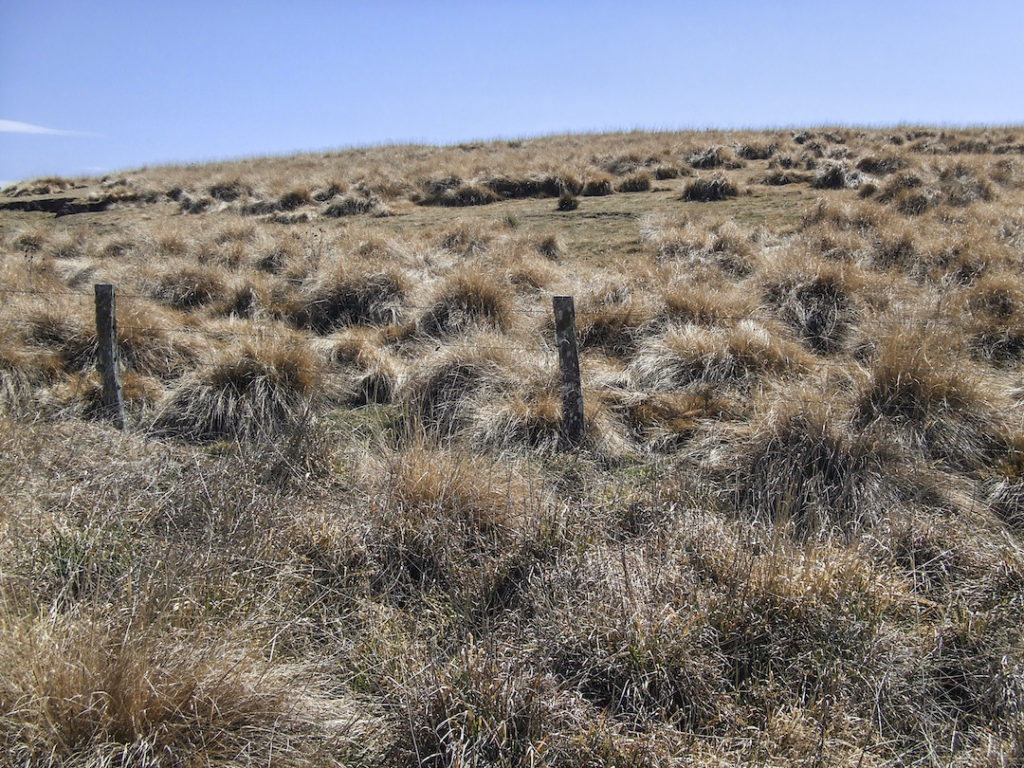
Suspicious weeds in NSW
A weed is a plant out of place. For example, bahia grass is sown as pasture in many parts of the North Coast and provides a valuable component of the feed base for many producers in areas of lower fertility. In areas of higher fertility, however, bahia grass can be invasive, and North Coast producers are seeing it become dominant in some areas, says an LLS spokesperson.
In South Eastern NSW and the Monaro, heavy rains in February 2020 and March 2021 provided opportunity for grassy weeds, such as African lovegrass, serrated tussock, and Chilean needle grass, to establish. For Paterson’s curse, the rain came at just the right time for it to thrive while biological control agents had been weakened by the recent drought.
Sticky nightshade is spreading in the Central Tablelands, with heavy infestations in the upper reaches of the Belubula River and other catchments frequently occurring across the region. The increasing spread and the associated cost of control once this weed becomes established are key factors in its recent listing as a priority species in the Central Tablelands region through inclusion in the Regional Strategic Weed Management Plan.
In the Central West and Lachlan regions, African lovegrass, Blue heliotrope and Silverleaf nightshade have been an issue following improved conditions. Parthenium weed is an ongoing threat and weeds such as Paterson’s Curse, St Barnaby’s thistle and Saffron thistle have also taken advantage of the bare ground in pastures.
According to the NSW Government, the DPI, LLS and local government are supporting a range of programs and providing resources to assist with weeds management across NSW. For example, government agencies and farmers are working together to tackle African lovegrass through demonstration trials of crop/pasture competition. Additionally, broad range herbicidal options (including residual and knockdown herbicides) are being established to diversify control options. The LLS and DPI are also developing a best practice guide for blue Heliotrope control, hoped to be available in June 2022.
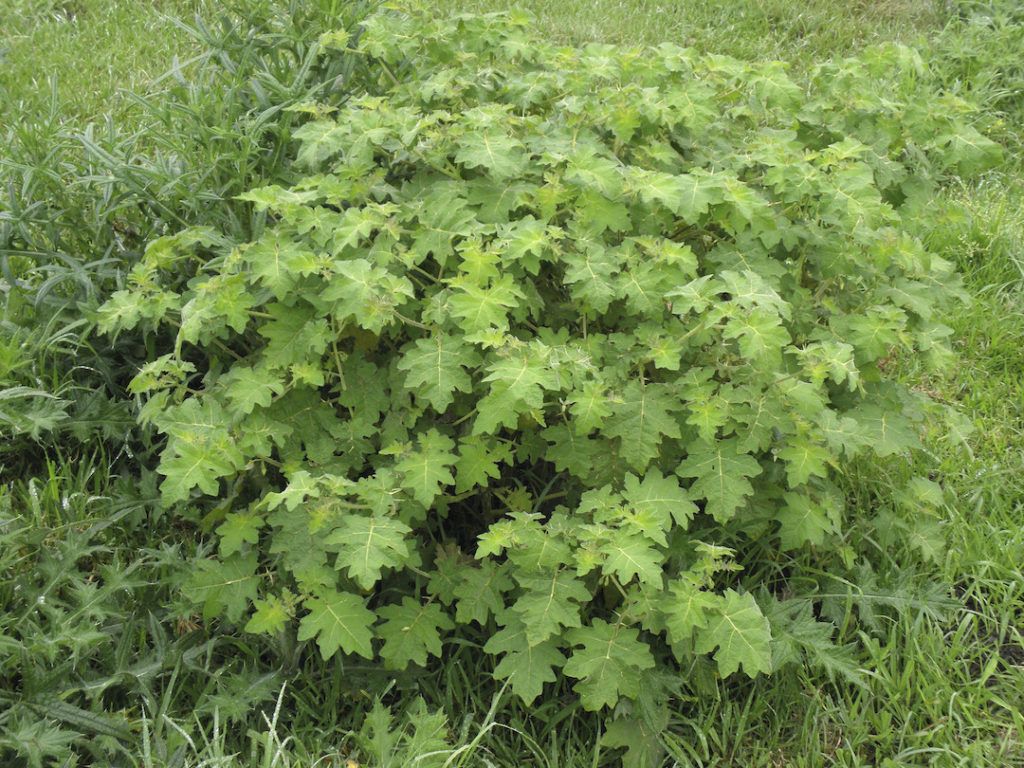
Getting on top of the problem identification
According to the DPI and LLS, maintaining ground cover through feed budgeting, pasture management and awareness are vital steps for landholders combating weeds. “Ground cover allows better competition and suppression of emerging weeds. They often take advantage of bare ground or lack of competition from native plant species. Additionally, landholders should be aware that weeds, including herbicide resistant weeds, can be introduced in feed and fodder and that drought can prolong weed seed viability,” says a DPI spokesperson.
“Identifying new weeds early is critical for stopping weeds from spreading, and farmers can do this by having designated feed out areas that can be checked regularly for unfamiliar plants. Similarly, check the roads and tracks that fodder has been transported along. When an unfamiliar plant is found, seek identification assistance from Local Land Services. Even if they do not recognise the plant, they will have contacts who can help to identify the unknown plant.”
Pasture management is key
The exact combination of management methods will depend on the availability of land, the density of the infestation, the availability and cost of selective herbicides and the ability to manage grazing intensity and duration. The NSW DPI “encourages landholders to find ways of improving the existing pasture; fertilizer application, spot spraying of weeds, managed grazing and resowing can all be helpful in reducing weed pressure”.
The DPI provides information through DroughtHub and its Weeds web page.
Spotted a suspicious weed?
Call the DPI Biosecurity Helpline on 1800 680 244 if you find a suspect plant.
The WeedWise app provides control advice and registered herbicides for 300+ priority weeds. Visit weeds.dpi.nsw.gov.au or app stores.


